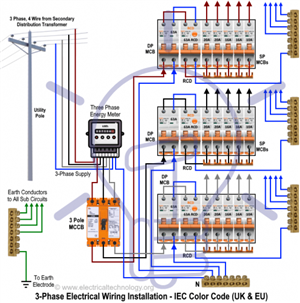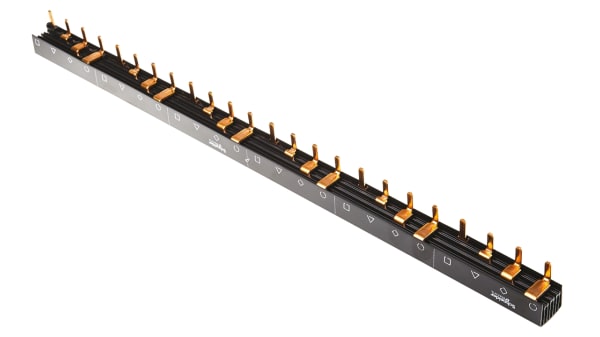Have seen diagrams (like below) where the Incoming L1, L2, L3 get split to separate DP MCBs, RCDs and SP MCBs for each phase. Seems like a bit of a faff and a pricey option (3x DP MCBs + 3x RCDs + 3x SP MCBs) per circuit.
I have 3x Three Phase Circuits (13A, 40A, 48A) that I wish to protect independently with RCDs.
Thanks in advance! Dan.



